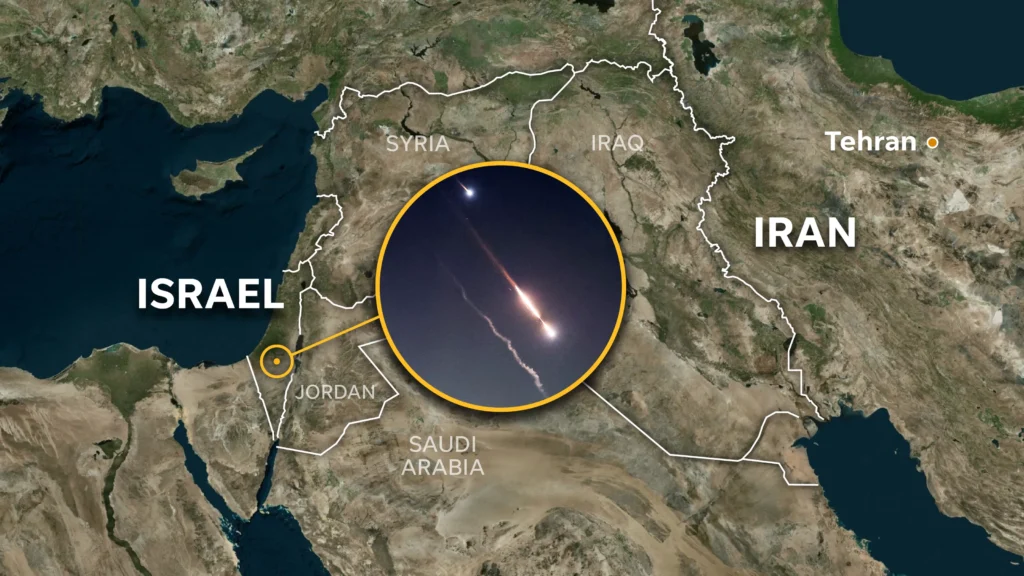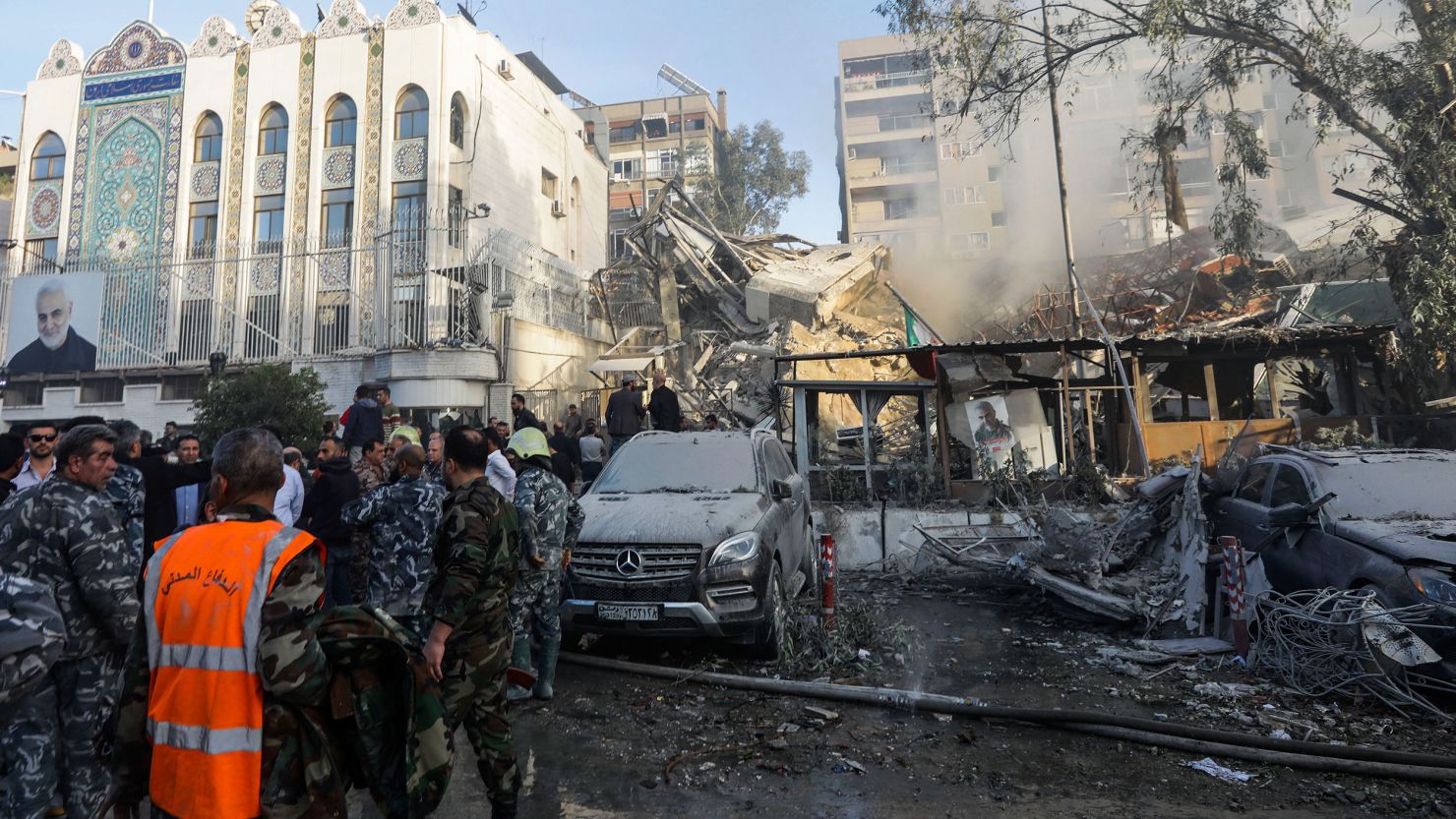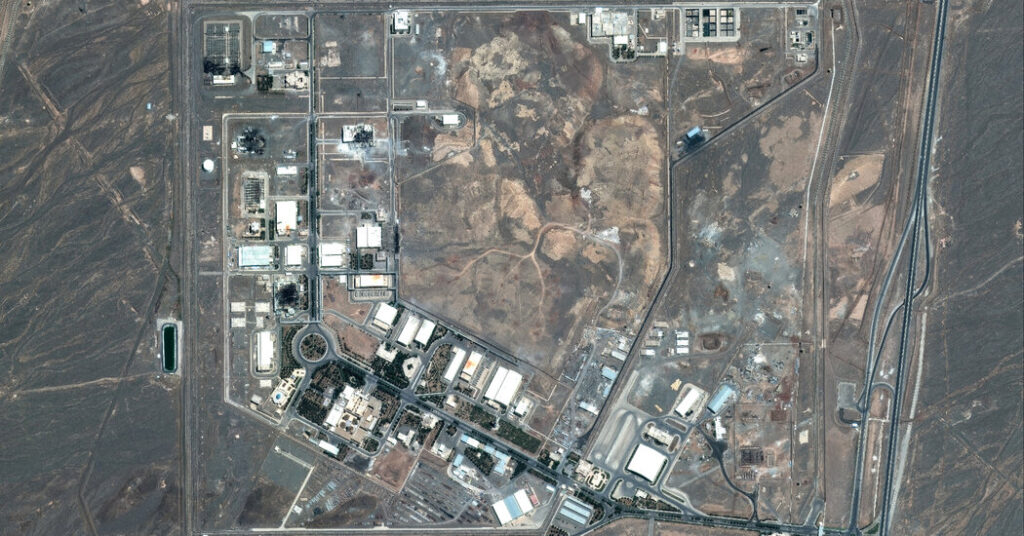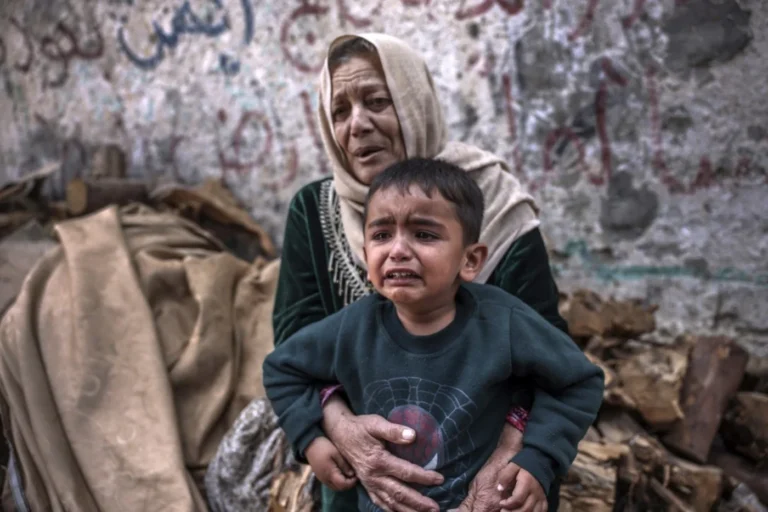
When most people hear about “stopping Iran’s nuclear program,” they often imagine something quick and sharp, fighter jets flying in, targets getting bombed, and the danger being removed overnight. But this idea is far from reality. Iran has spent years building its nuclear program to resist exactly this kind of attack. Two of its most important uranium enrichment sites, Fordow and Natanz , are not built above ground like most facilities. Instead, they are deep underground, surrounded by layers of rock, steel, and concrete.

Fordow: Iran’s Underground Nuclear Bunker
The Fordow Fuel Enrichment Plant, located near Qom, is built deep inside a mountain to protect it from airstrikes. It became public in 2009 after Western intelligence exposed its existence. Since then, it has been one of the most closely monitored sites by the international community.
Originally meant for uranium enrichment, Fordow was a major concern during nuclear deal talks. Under the 2015 nuclear agreement (JCPOA), Iran agreed to stop enrichment there, but resumed it after the deal collapsed in 2018. Its location and design make it nearly impossible to strike successfully, turning it into a symbol of Iran’s resistance strategy.

Natanz: The Heart of Iran’s Nuclear Activity
Natanz is located in central Iran and has long been the main center for uranium enrichment. Unlike Fordow, Natanz is not hidden in a mountain, but it has underground halls reinforced with concrete and steel. It has also been the target of several sabotage attempts, including cyberattacks and explosions.
Natanz is larger than Fordow and plays a central role in Iran’s nuclear ambitions. It has thousands of centrifuges, making it key to increasing uranium purity levels. While not as deeply buried as Fordow, Natanz is heavily fortified and difficult to destroy entirely.

Why a “Surgical Strike on Iran” Is a Dangerous Illusion
Countries like Israel and the United States have often discussed the idea of a quick, limited airstrike to dismantle Iran’s nuclear facilities. However, this strategy is based more on hope than reality.
Iran’s nuclear program is not centralized, nor is it fully known. It is spread across multiple hidden locations, some of which remain undisclosed. Even if a few sites are hit, the program is designed to recover quickly, making military action largely symbolic and short-lived.
Why Dialogue With Iran Remains the Strongest Weapon
The 2015 Joint Comprehensive Plan of Action (JCPOA), though criticized, successfully slowed down Iran’s nuclear progress through international cooperation, and regular inspections. The agreement demonstrated that negotiations can achieve what bombs cannot, lasting oversight and reduction of threats.
Though the deal has since been weakened, reviving diplomatic channels remains the most effective, long-term strategy to prevent nuclear escalation.
Why This Matters to the World and to India
This issue is not limited to Iran and Israel. It affects global peace, energy security, and international law. As India rises in global diplomacy, it has the credibility to play mediator, supporting peaceful negotiation over war.
With its balanced foreign policy and growing role in multilateral forums like G20 and BRICS, India can be a voice of reason, pushing the world toward resolution, not retaliation.
The Path Forward Lies Beneath the Surface
Iran’s nuclear program is more than just steel and uranium. It is a reflection of national pride, strategic calculation, and survival instinct. You cannot destroy such a system with a few airstrikes.
Instead, the world must choose a harder but more sustainable path, patience, diplomacy, and pressure through dialogue, not destruction.
For more such informative articles, stay tuned at The World Times.



